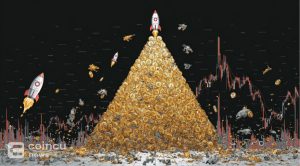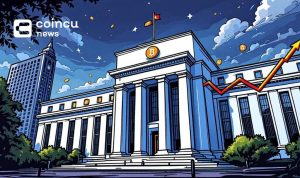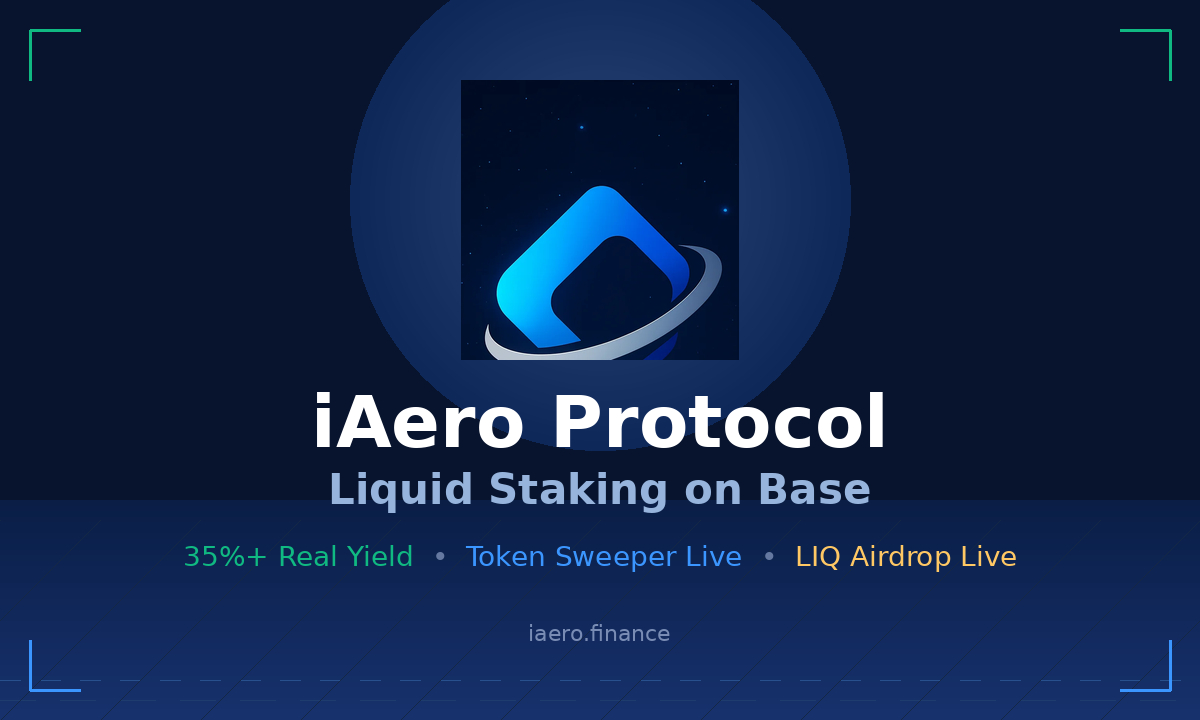With over 20,000 different tokens in circulation, the cryptocurrency field is still relatively young and volatile, but Bitcoin (BTC) remains the flagship digital asset, accounting for 40% of the $1 trillion worldwide market capitalization of all digital assets.

However, two of the most common critiques thrown against Bitcoin are the widespread practice of wash trading, which is a type of fraudulent or artificial volume, and the lack of proper oversight across crypto exchanges.
Forbes reported on August 26 that a survey of 157 cryptocurrency exchanges found that approximately 51% of the daily trade activity recorded for Bitcoin was most likely fraudulent.
Indeed, 51% of all recorded commerce volume is most likely false or non-economic in nature. Forbes believes that the industry’s daily Bitcoin volume will reach $128 billion in June 2022, 51% less than the total self-reported volume from many sources, which they anticipate will be roughly $262 billion.
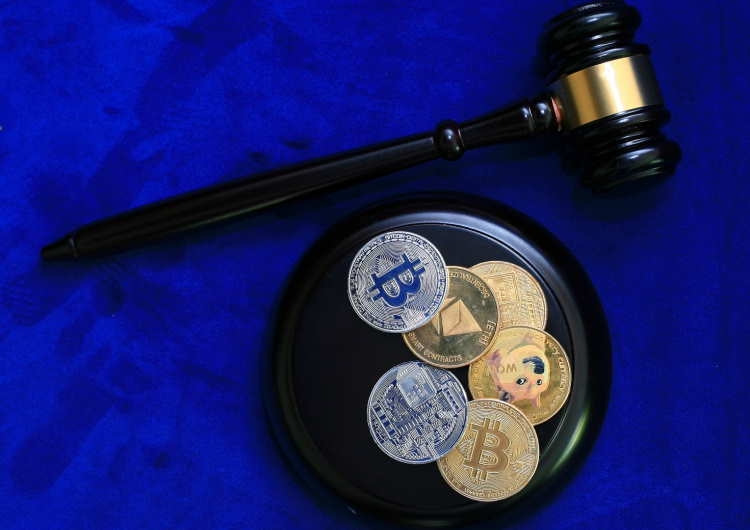
The U.S. Commodity Futures Trading Commission (CFTC) defines wash trading as:
“Entering into, or purporting to enter into, transactions to give the appearance that purchases and sales have been made, without incurring market risk or changing the trader’s market position.”
According to the analysis, companies such as Binance, MEXC Global, and Bybit are among the most problematic when it comes to false volume.
These firms promise a high volume of trades yet operate with little to no regulatory oversight, which would lend legitimacy to their figures. According to the research, the less-regulated exchanges are responsible for approximately $89 billion of the true volume but claim to be responsible for $217 billion.
In the Western world, particularly in the United States, it is typical to imagine Bitcoin trading just against the US dollar, the euro, or even the British pound. However, some of the most notable trading pair activity occurs against fiat currencies such as the Japanese yen and the Korean won, as well as big stablecoins such as the Binance dollar (BUSD) and the USD stablecoin.
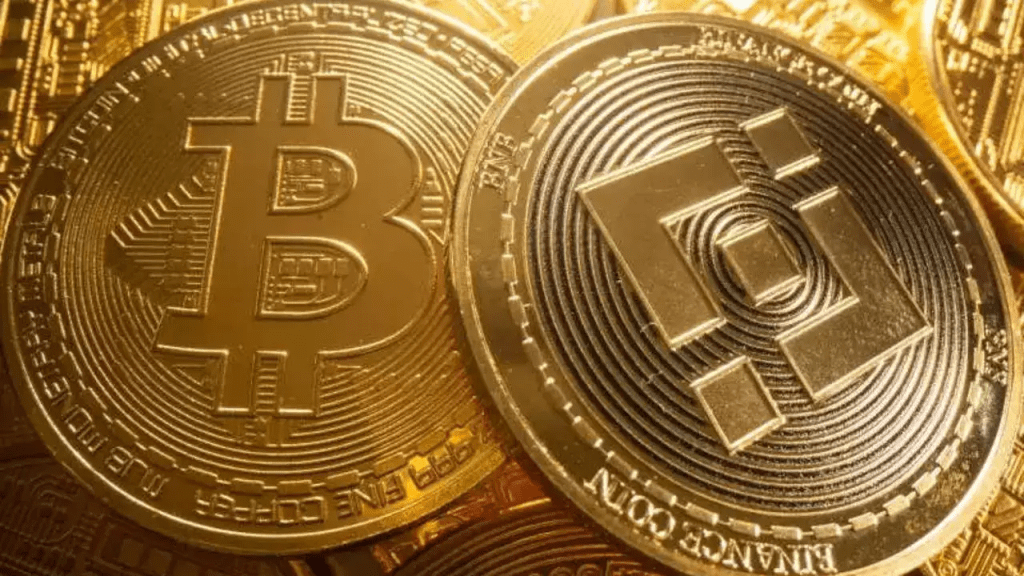
According to the conclusions of a March 2019 white paper issued by Bitwise, 95% of CoinMarketCap’s Bitcoin trade activity was either fraudulent and/or non-economic.
Forbes used both quantitative and qualitative judgments to change the transaction volume offered by the exchanges so that they could conduct their research.
Unlike previous systems, which run tests on transactional data (and maybe misled), it provided a credibility grade to a corporation by examining no less than five datasets that, when combined, either inspire or erode faith in a company’s self-reported statistics.
DISCLAIMER: The Information on this website is provided as general market commentary and does not constitute investment advice. We encourage you to do your own research before investing.
Join CoinCu Telegram to keep track of news: https://t.me/coincunews
Follow CoinCu Youtube Channel | Follow CoinCu Facebook page
Harold
CoinCu News











